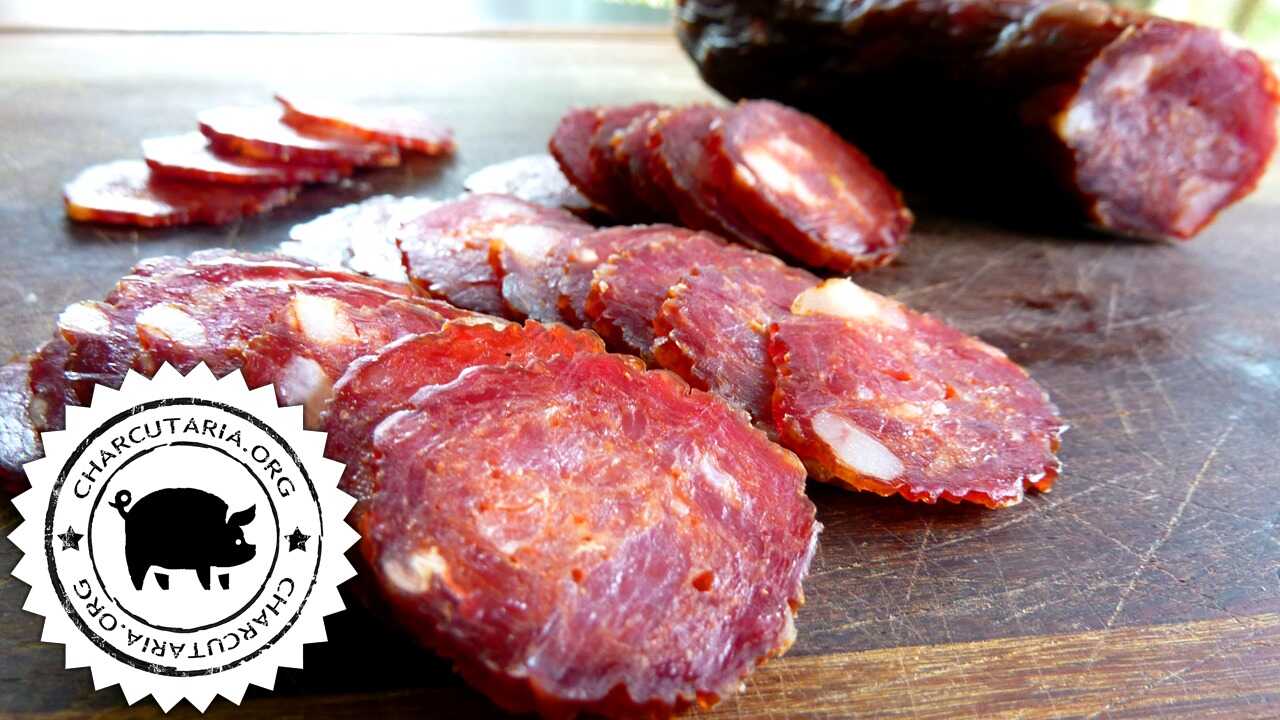
Peperone (or pepperoni) is a sausage with a strong seasoning and a production process very similar to salami. It is a product that dates back to Roman times, widely produced in the United States due to its enormous use in pizzas. As it is produced on a large scale in the USA, the best-known version is a distant imitation of the original Roman peperone. True peperone, whose name means large pepper or paprika, is a lean, spicy and very seasoned salami. The meat generally used is beef, but pork can also be used and helps to harmonize the flavor of the product.
Definition and commercial classification of Peperone
Peperone is an industrialized meat product, made with pork and/or beef, bacon, added ingredients, with an average particle size between 3 and 6 mm, embedded in natural or artificial casings, peppered, cured, fermented, matured, dried for the indicated time by the manufacturing process, smoked or not.
Ingredients for Handcrafted Peperone
750g beef
750g pork shank
27g salt = 1.8%
4g curing salt 2 (6% of nitrite, 3% of nitrate and 93,75% of salt)
4g antioxidant (with sodium erythorbate)
1g starter culture (lactic acid bacteria)
6g cayenne pepper
1g allspice
1g fennel seed
20g sugar
10g sweet paprika
2g hot paprika
30ml red wine
Preparation of Artisanal Peperone
1) Grind the meat and fat or, if you don't have a grinder, chop finely with a knife.

2) Dissolve the starter culture in a glass of filtered water and mix well.
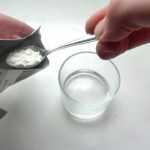
3) Add all the condiments, the dissolved starter culture and the additives to the ground meat and beat with the flat blade of an orbital mixer or mix well with your hands until the peperone dough is very sticky and sticky. It is important that the dough is very sticky so that the bond is created that keeps the product more compact and firm. Generally you need to beat or mix for approximately 2 minutes on low speed so that all the ingredients are mixed for approximately 2 minutes.

4) Fill the mixture into the collagen casing – we use 45mm collagen casing – or natural bovine casing. Roll up 25 to 30 centimeters apart and secure the ends with string or a clip. Using a sterile pin or needle, pierce the casing to remove air pockets and facilitate drying.

Maturation and drying of Peperone
If you have added the starter culture, you can leave it at room temperature, ideally 25 degrees, for 48 to 72 hours for the added bacteria to proliferate. The beneficial bacteria will produce lactic acid, in addition to collaborating with enzymatic, lipolytic and proteolytic actions that generate different aromas and flavors to the product.
For safety reasons, I recommend reading the post curing salt what it is and how much to use. In it you will find relevant information about healing, acidity and prevention against botulism.
Hang and let it cure/dry at a temperature close to 14°C with 70% to 80% of moisture until the peperone loses between 30% and 40% of its initial weight. The more weight you lose, the firmer and more intense the flavor will be. Under correct conditions, the peperone will lose its ideal weight in approximately 20 days, depending on the casing and caliber.
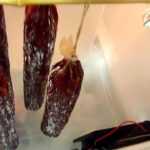
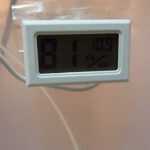
If the environment is too dry, the outer part of the peperone will dry out too much and create a dark, rigid “shell” that will prevent the interior from losing moisture. You probably won't lose the product, but the center will never dry properly, so always maintain good humidity. Ideally, the environment should maintain a minimum humidity of 70%.
I used a plastic box inside the refrigerator to keep the temperature low and the humidity high. The refrigerator is usually very dry and the box can trap the moisture inside. To learn more about the plastic box solution, watch the video below. Another good environment for maturing salami is a mini wine cellar with integrated temperature control and air circulation.
Plastic box for making salami in the refrigerator
Video of Handcrafted Peperone
Result of Craft Peperone
It was excellent, very tasty and spicy, but not overly spicy. You can eat a few slices before your tongue starts to burn moderately. The fennel gave a very good contrast and the mixture of half and half meats worked very well. I recommend you try the recipe!
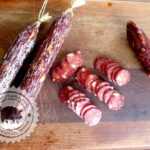


-
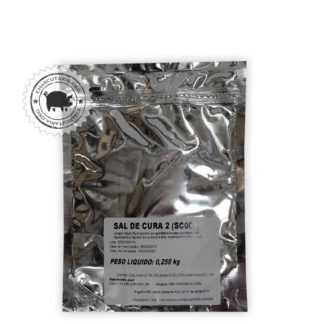 Curing salt 2R$ 8,00
Curing salt 2R$ 8,00 -
 Curing salt 1R$ 8,00
Curing salt 1R$ 8,00 -
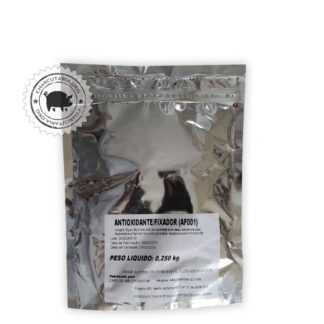 Fixative AntioxidantR$ 23,00
Fixative AntioxidantR$ 23,00 -
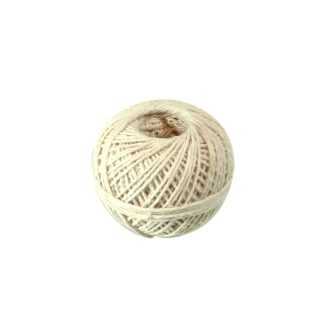 Culinary twineR$ 7,90
Culinary twineR$ 7,90 -
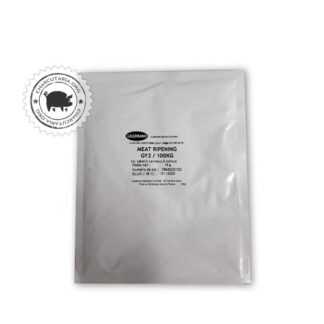 Starter CultureR$ 69,90
Starter CultureR$ 69,90 -
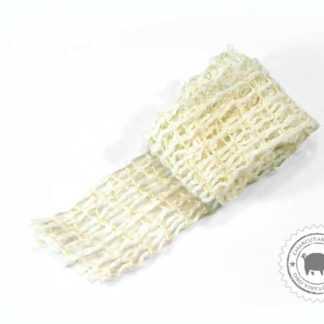 Culinary elastic net 50mmR$ 15,00
Culinary elastic net 50mmR$ 15,00 -
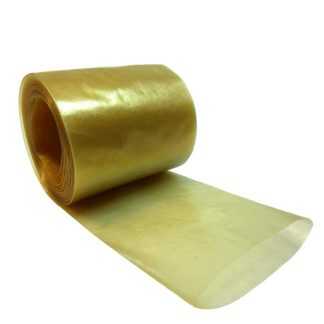 Collagen casing 45mm roll 5 meters salamiR$ 19,00
Collagen casing 45mm roll 5 meters salamiR$ 19,00 -
 Culinary elastic net 65mmR$ 18,00
Culinary elastic net 65mmR$ 18,00 -
 Collagen casing 80mm cup and salamiOriginal price was: R$ 39,00.R$ 29,90Current price is: R$ 29,90.
Collagen casing 80mm cup and salamiOriginal price was: R$ 39,00.R$ 29,90Current price is: R$ 29,90. -
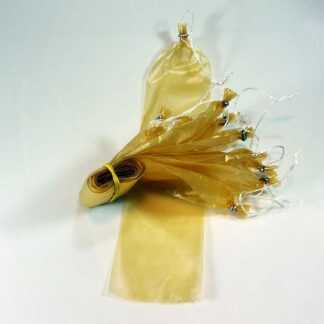 Salami collagen casing 45mm 10 units tiedR$ 19,00
Salami collagen casing 45mm 10 units tiedR$ 19,00 -
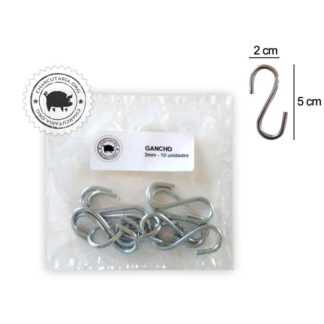 Galvanized HookR$ 12,00
Galvanized HookR$ 12,00 -
 Natural pork casing for sausageR$ 52,00
Natural pork casing for sausageR$ 52,00

Hey, good morning. Thanks for the content. One question: at what point did you introduce the pennicilium mold? Another: how did you put it? Thanks!
Hi Thiago. The penicilium mold/mildew culture was already present in the box because I sprayed it on other products I made before this peperone. This type of culture is “impregnated” in the environment and passes on to the following products, it is only necessary to reinforce the application from time to time. The penicilium mold culture is applied to the outside of the product, in the casing after the product has already been embedded, and also in the chamber. You can spray, rub with your hands or immerse the products in the culture dissolved in water. See in this culture that there is an explanation of use: https://charcutaria.org/produto/cultura-mofo-mold-penicillium-nalgiovense/
Hello, in this recipe, which cut of beef did you use?
Two questions
1- Do I need to spray water on the box before putting the peperones in?
2- In the cellar, can I place the peperones lying down instead of hanging?
1) no need to spray water. Add pots of water if the humidity is too low.
2) Yes, you can place it lying down on the hollow grates
Good morning Eduardo:
Your video is very good and informative. Please ask two questions:
a) where can I find this fan and what is its specification or characteristic? I couldn't see it in the video. or where is this fan used? on computers?
b) Healing salt 2, there are many comments about it being harmful to health, what is your opinion? Or is it related to the amount used?
Thank you for your attention.
Hi Carlos Alberto.
a) where can I find this fan and what is its specification or characteristic? I couldn't see it in the video. or where is this fan used? on computers?
It is a 12V computer fan connected to a 9V source. Computer stores sell them, including online. Search for “pc case cooler fan”.
b) Curing salt can only be related to a risk when there is residual in the final product and in large quantities. In the amount recommended in the recipe, most likely all the nitrite will be converted during the process and there will be no residual additive to be consumed. What happens is that many industrialized products use the additive in excess and this may be related to risks.
Hope this helps!
I didn't see the amount of fat in the recipe, or it doesn't use it, just meat? Thanks
Only the fat already present in the meat was used. If you prefer, you can replace 20% of beef or ham with ground belly/bacon.
I would like to know, if using the culture inside the plastic box, could it contaminate other products in the refrigerator?
Hi Thiago. The culture can proliferate, yes, but it is beneficial, it is a harmless bacteria just like those found in various dairy products such as cheeses, yogurts, probiotics, yakult or even those that make bread rise. They are spread throughout the environment and do not bring us any harm. There are even medicines with strains of bacterial cultures that we ingest to help with the digestive processes, the famous intestinal flora.